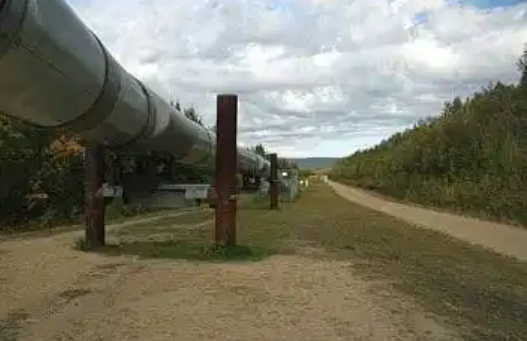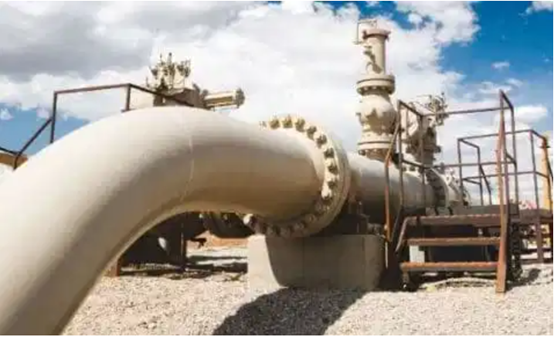Types of Pipelines
5. Water Pipeline
It is employed to transfer water from treatment plants to buildings. Generally, such pipelines are installed underground few meters beneath the cities and streets based on frost line of the location and the need for protection against accidental damage. These pipes can be produced from steel, ductile-iron, and concrete.
6. Waste Water Pipeline
They are used to transport wastewater which is composed of a high percentage of water and a small percentage of solid wastes. These pipes can be manufactured from concrete, PVC, cast iron, or clay based on the pressure in the pipe and other conditions. Pipe sizes are controlled by the type of materials and pressure in the pipe
7. Petroleum oil Pipeline
It is manufactured from steel for which external coating and cathodic protection are applied to decline external corrosion. Oil pipelines are joined together by welding. There are two types of oil pipelines, namely: crude oil pipeline- which transports crude oil to refineries, and product pipeline- that carries refined products like gasoline to the market.

8. Gas Pipeline
Pipelines are the only practical means of transportation of natural gas over land since the other methods such as truck and train are considerably expensive.
Gas collection and transmission lines are made of steel whereas most distribution lines use flexible plastic pipes, which are easy to lay and do not corrode.
9. Slurry pipeline
Slurry is a mixture of solid particles and a liquid, usually water. The mining industry and dredging utilize slurry pipeline.
It transports oil and natural gas from offshore oil and gas wells to overland pipelines. Barges in less deep water and ships in sea are used for the installation of submarine pipelines.
10. Transmission Pipeline
It is used to transport crude oil, NGLs, natural gas and refined products for long distances across countries and continents. Transmission pipeline sizes are mostly greater than 25.4cm (10inch). Corrosion, defective welding, seam failure, and material failure are common causes of transmission pipeline damages.

-----The article is quoted from The Constructor (https://theconstructor.org/)
Note: If you found anything violating your copyright, please contact us, we would remove them as soon as possible.





